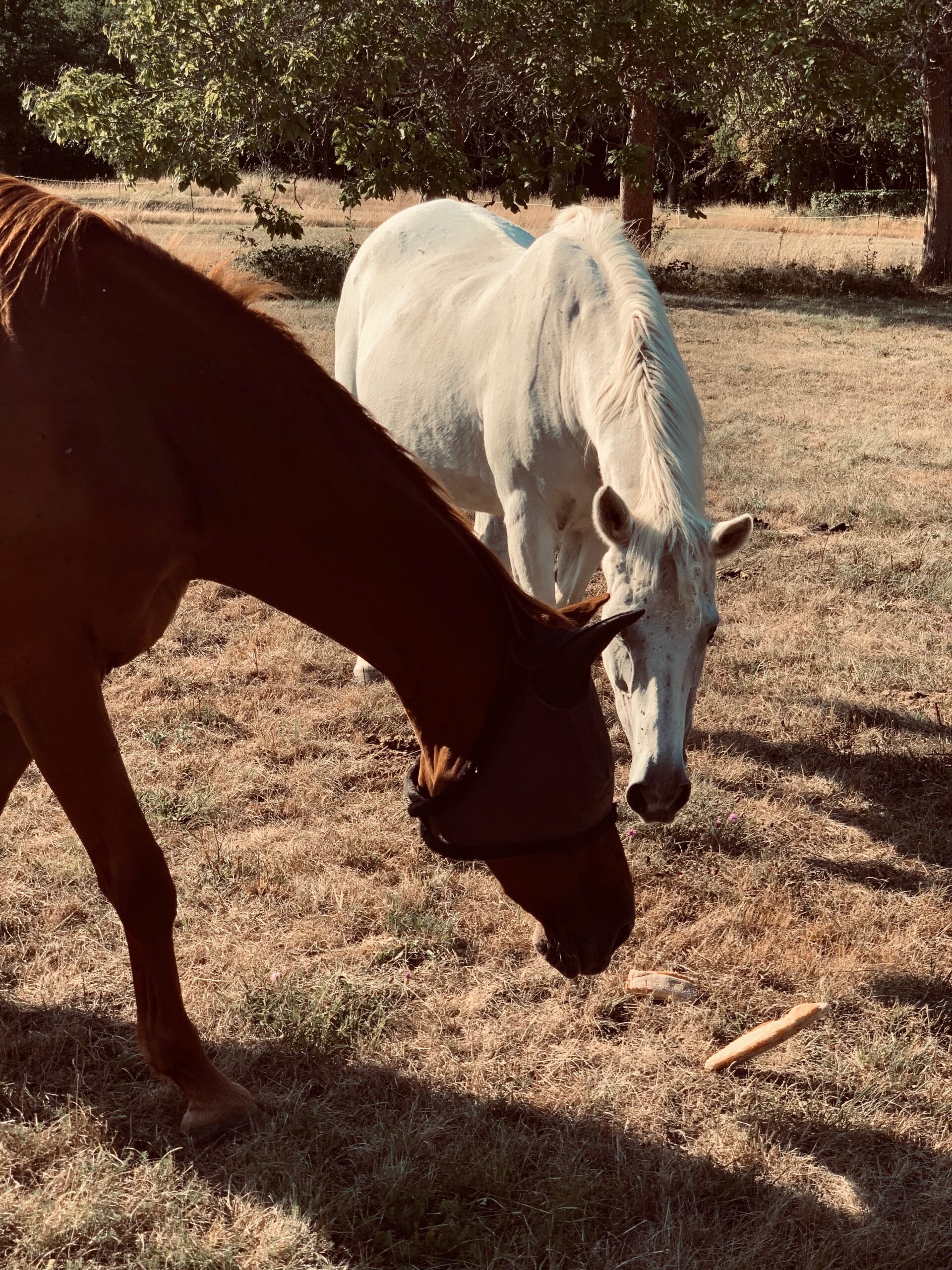
Understand Your Horse’s Body Language
Horse Body Language
You can learn a lot from observing horse body language. How many times have you, as a horse owner, said, “If only they could tell me what’s wrong”? A horse may not be able to actually speak to you, but they do have their own way of communicating. Horses are herd animals that use body language to communicate. With subtle movements of their ears, eyes, nostrils or even just shifting of body position, they ‘talk’ to each other. We can learn a lot from just observing natural horse behaviour in the field.
Horse Behaviour
It’s easier to understand horse behaviour when you remember they are animals of flight. As prey animals a ‘spooky’ reaction can be considered bad behaviour when it is often their natural reaction to a stimulus, often unnoticed by humans. When a horse perceives there is danger, the instinctive choice is usually to run away in flight. However, if a horse is cornered, they will stand their ground and fight by kicking, striking, biting, rearing and bucking.
In a field, horses show their dominance by controlling the movement of the herd. The more dominant horse in the field chases the less dominant one away. Often, it’s the ‘alpha mare’ that forces the others to move against their will. She will move her body in the direction of, or in contact with, the other, forcing it to move. Fighting usually occurs when the dominant horse is challenged by the other horse not moving, or responding aggressively.
Horse Ears
Horse ears are not only used for hearing, they are an incredibly expressive form of horse body language used for communication between horses and humans. They can move 180 degrees using 10 different muscles singling out a specific place to listen to. The are the basic signs that horse ears can show you:
- Ears forward means curiosity
- Ears pricked and a raised head means they sense possible danger
- Ears back means, ‘I don’t like this’
However, there are also smaller variations in horse ears that communicate so much more. Not every movement of the ear will mean the same thing: it will depend on the circumstances. Have you seen a dressage horse performing his art at a show? You will notice as they work, one ear may be twitching backwards and forwards, ‘listening’ to the aids the rider is giving it. Ears back on this occasion doesn’t mean that the horse is unhappy: ears slightly back with no tension and accompanying rise of the head means the horse is paying attention to the rider’s hands.
Horse’s Nostrils indicate Horse Body Language
When your horse is relaxed, his nostrils should be relaxed, soft and round. While they are at work, they will widen and flare. However, if they are at rest and they pull up tight and flare, it shows he is stressed or unhappy.
What Horses’ Eyes Tell you about horse behaviour
In the same way that a tense nostril shows horse body language of stress, tightening of the muscles around the eyes is a subtle, early sign of stress or fear. This may be a wrinkled upper eyelid or tightness at the corner of the eye.
When your horse’s eyes are darting from side to side, he may be scared and ready to bolt. The whites of the eye may show when he is upset, although, it should be noted, some horses have a visible white area around their eyes normally.
Signs of Relaxation or Excitement in Your Horse
Often, when your horse is snoozing with their head over the stable door, you may notice your horse’s lower jaw is hanging and it looks like their bottom lip is drooping. This is an obvious sign of relaxation.
Your horse’s tail gives obvious signs to help you understand your horse’s body language. A tail carried high is a sign of excitement. Adversely, a tail which is clamped down shows stress. Rapid movement may just be swatting flies, but it could also indicate irritation or anger.
What do the Hind Legs of Your Horse Say?
A horse’s hind leg can be a very obvious horse body language sign of relaxation or irritation. When a horse cocks his leg, drops his hip and rests the leading edge of the hoof on the ground, it’s a sign of a horse who is relaxed and resting. You may see him occasionally shift his weight from one to the other one. Conversely, your horse may lift a hind leg off the ground showing irritation. This could be something as minor as a horsefly, or it could be that he is threatening to kick.
What Does His Whole Body Say?
Sometimes you need to look at the whole picture and observe what your horse’s body is doing. Trembling is a sign of anxiety and fear. A horse who is trembling is on the verge of either running away or fighting to protect himself. If you see this, try to remove your horse from the situation and give them a few minutes to calm down.
Horse’s Body Language
Not every signal will always mean the same. To understand your horse’s body language, you need to study your horse and read the signals in the context of his overall personality. When you and your horse are listening to each other, your schooling is more like a conversation and will improve your relationship and results.

